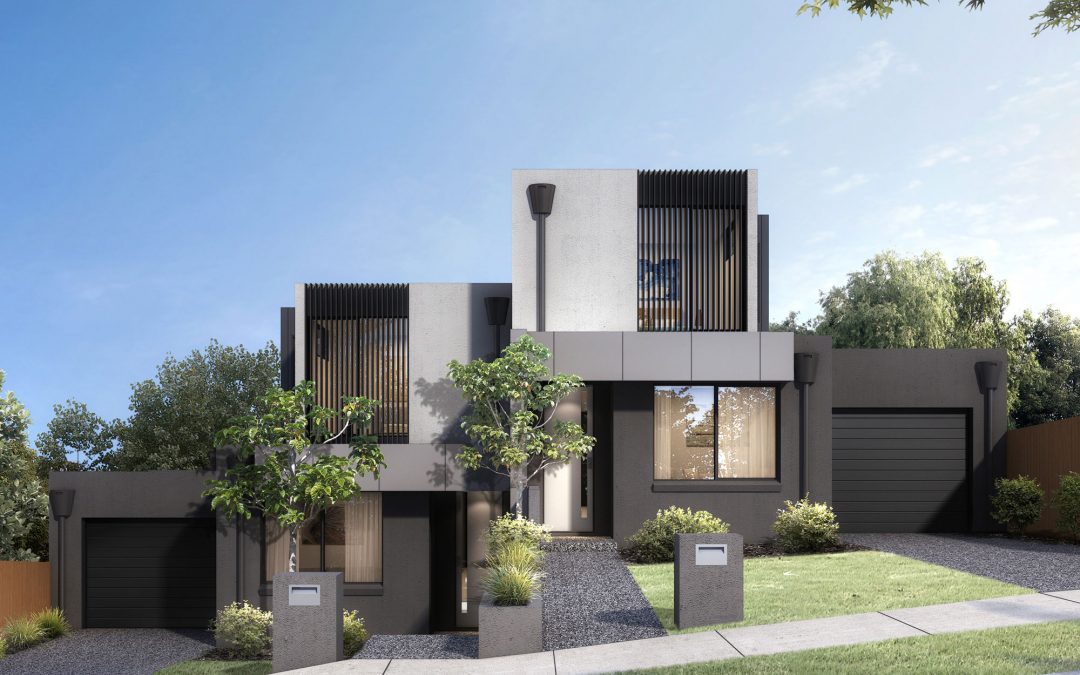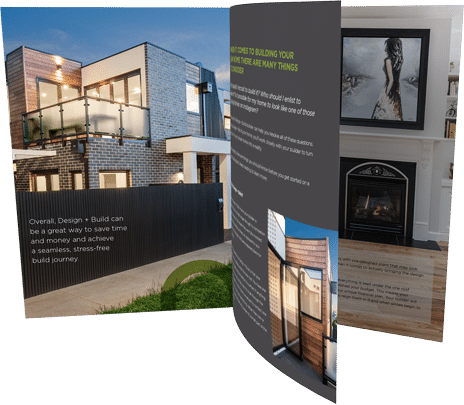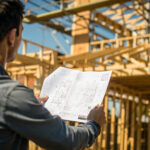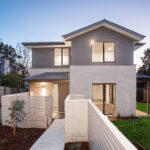New homes should always be built to last decades, if not longer, with durable materials and building techniques. However, sturdiness isn’t the only thing to consider when designing and building a new home – you must also consider possible future developments to ensure your home will be just as relevant in five or 10 years.
This is what we call ‘future-proofing’: introducing flexible design elements that will ensure the long-term sustainability of the property, shifting with the needs of the residents.
Although the future may be impossible to predict, present trends and developments can often indicate what’s to come. For example, the effects of climate change are a permanent concern for builders and homeowners alike, resulting in more homes introducing sustainable features.
Here are our top four ways to future-proof your home in 2022:
Energy efficiency
At the very minimum, any future-proof home should incorporate energy-efficient features that will reduce your carbon footprint and shrink your bills. Australia’s climate is becoming increasingly extreme and our energy resources are depleting, so it’s essential to ensure that your home can remain cool in the summer and retain heat in the winter without much artificial help. Energy-efficient initiatives range from installing appliances with the highest-possible energy ratings to opting for toilets with low-flow models. If building new, you can also install a photovoltaic system or collaborate with your builder to harness the thermal mass of your home and ensure the envelope is airtight. New homes should have double-glazed windows, appropriate insulation and be built with an ideal orientation to allow for cross-ventilation.
Layouts with longevity
A future-proof home goes beyond your immediate needs and considers how you may interact with your home in five, 10, 20 or even 30 years. Your layout needs to reflect this flexibility, with multi-purpose spaces that can change as your family grows.
A young family may want to ensure that there is ample opportunity for every member to enjoy their own space, while older families may be looking towards welcoming guests or carers later in life. Luckily, both of these situations require a similar layout, but acknowledging this in the design process can make it easier to adapt as the years pass by.
Communal spaces also require some lateral thinking – for example, introducing a second living space offers the flexibility to be a playroom, home office, guest room or teenager’s retreat depending on the day, hour or even minute!
Storage is king
The concept of storage isn’t going anywhere – even the most minimalist of us will need places to put all their ‘stuff’! Children can often be the worst perpetrators – the older they get, the more they seem to accumulate!
In recognition of this, a future-proof home will need to include numerous storage solutions that cater for all life stages. Built-in wardrobes and joinery are a great place to start, but it’s also worth thinking about how you can maximise the storage options in furniture or with design features like a pull-down bed.
Embrace technology
Australians are increasingly relying on technology in their everyday lives and it’s no different in our homes. Automation is a trend that’s here to stay, allowing residents to control lighting, heating, cooling and security with a touch of a button on a smartphone. Remote-controlled appliances are even hitting the market, allowing you to do things like preheating the oven as you get home.
While you may not need, or want, to commit to fitting out your new home with the latest technology, it’s important to make sure your new home has the wiring capabilities should you wish to install them down the line. This includes enough wireless ports to ensure there will be strong WiFi in every part of your home.
You can always dip your toes into the world of smart home technology with an automated alarm system that can include video and alerts should there be a breach.
—
Ready to build a future-proof home? Get in touch with the team at RODA to find out how we can help.






